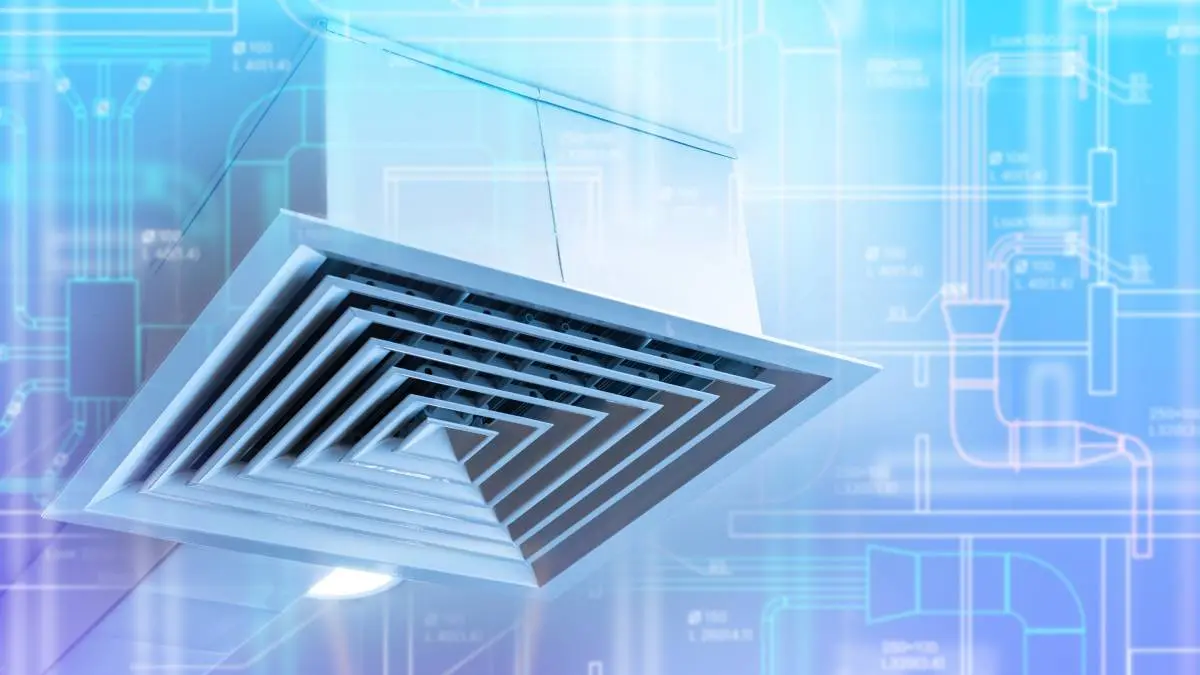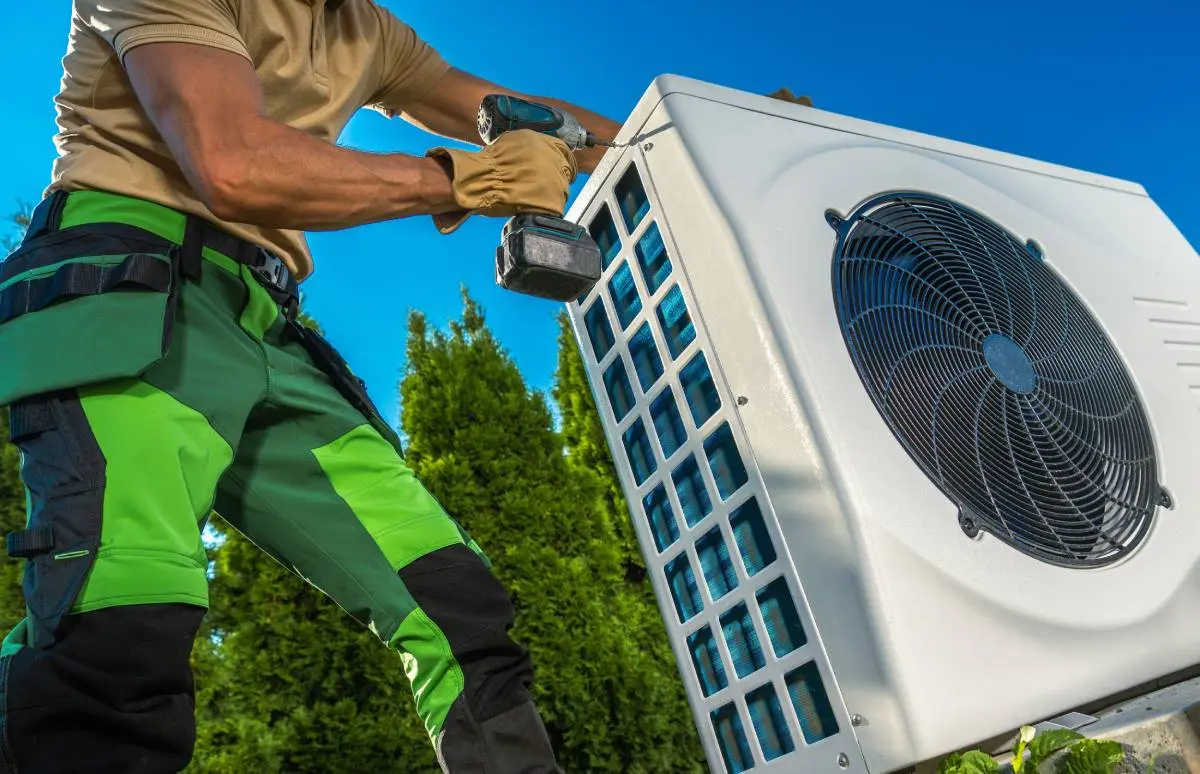Most of your customers already know that a new air conditioner or heating system can cut their utility bill. What most don’t know is what the efficiency ratings actually mean, why the numbers keep changing, and which rating is right for their home.

When you translate code names like SEER2 and HSPF2 into realistic and practical knowledge about comfort, noise, and dollars, you help your customers make informed decisions, and you may close sales faster, too.
What Are HVAC Efficiency Ratings?
You and your HVAC technicians live in this world, but the homeowners you sell to don’t. Keep your definitions concise and tie each one to its meaning at the meter.
- HVAC efficiency ratings tell you how much heating or cooling the system delivers per unit of energy
- Cooling: SEER2 represents the seasonal average, while EER2 is a single hot test point.
- Heating: HSPF2 is the heat pump’s seasonal heating, and AFUE is the furnace’s fuel-to-heat percent.
Over half of a home’s energy use goes to heating and cooling, which is why even a small efficiency gain can lower a bill.
That said, the energy savings from a bump in HVAC efficiency ratings are modest compared to the step-up price. That’s why helping your customers understand the ratings shouldn’t be about selling them a more expensive system; it’s about setting realistic expectations and building trust.
Why Efficiency Ratings Matter
Customers rarely ask about HVAC efficiency ratings, yet understanding HVAC system efficiency helps them see how those numbers translate into real-world comfort, energy savings, and long-term performance. On the rare occasion that they want to know why they matter, key points to mention include:
- Higher ratings generally mean less energy for the same comfort.
- Ratings can determine access to rebates and tax credits.
- Better-rated gear can run longer at lower speeds, meaning quieter, drier air with fewer temperature swings.
These quick insights can help answer some surface-level questions without getting you lost in the weeds.
Efficiency is also a growing trend, with smarter systems and stricter standards becoming the norm. Highlighting these efficiency ratings shows homeowners why they matter and reflects your knowledge of broader trends in the HVAC industry.
Breaking Down the Ratings
If the customer wants to know what each number means, try to explain it as simply as possible, so you can get back to what they care about.
Here’s a plain-English crash course you can pull from, so you give them just enough insight that you don’t lose them.
SEER2 tells you how efficiently the system cools over the entire cooling season. Higher SEER2 means using less electricity for the same level of comfort. Customers who know about the old SEER rating may think the SEER2 values are a little low. That has to do with SEER2 being more accurate.
How to Define: “SEER2 is your season-long efficiency for cooling. Higher numbers mean fewer kWh all summer.”
EER is a snapshot at a fixed hot outdoor temperature. It shows you how the system behaves at the hottest part of the day, not the entire season.
How to Define: “EER is the hot-afternoon score, while SEER2 is the whole-summer score.”
HSPF2 rates how efficiently a heat pump works over the winter. A higher HSPF2 means less electricity is needed to make the same amount of heat. Unlike HSPF, HSPF2 best reflects real ducts and fan power.
How to Define: “HSPF2 is your heat-season efficiency. A higher number means fewer winter kWh.”
AFUE is an energy rating for furnaces in homes that use gas or oil for heating. It can be used to compare mid- to high-efficiency furnaces.
How to Define: “AFUE is the percent of fuel that becomes heat in the house over a season. A 95% means about 95 cents of every fuel dollar becomes heat.”
Being able to break down these complex ratings in simple, relatable terms demonstrates expertise that goes beyond your HVAC license. When you can turn technical jargon into clear, confident explanations, homeowners see you as a trusted advisor, not just a technician.
Quick Cues to Kick Off a Conversation
Here are some examples of how customer remarks have to do with efficiency ratings:
- “Our summer bill is killing us.” Mention the SEER2 score.
- “Will it keep up on 95-degree days?” Show the EER, then circle back to SEER2 to explain the yearly cost.
- “We heat with the pump all winter.” Focus on the HSPF2 and how it trims winter kWh and aux heat time.
- “We’re on gas and hate winter bills.” Compare AFUE options.
From there, you can demonstrate the small savings the customer will see on their power bill, and then tie that into what actually matters.
How Much Power and Money Do Different Ratings Actually Save?
For SEER2, HSPF2, and AFUE, energy use scales inversely with the efficiency rating. A simple equation for this is that savings percent equals one minus the old rating divided by the new rating.
In simpler terms that your customer will understand: If you double the rating, you halve the energy for the same load. However, these savings amount to pennies on the dollar spent toward a new system.

For example, going from a SEER2 14 to a 17 trims about $5 per month in summer electricity, but the cost difference is in the thousands of dollars.
Does that mean the ratings don’t matter? No, it just means that they likely won’t sway a sale on their own. However, the ratings aren’t just about energy savings. Customers may also associate them with noise, system longevity, and consistent comfort.
Framing the conversation this way can also help raise your average order cost without feeling pushy. When you’re upfront that the bills will only be slightly lower, but also explain the added benefits — quieter operation, steadier temperatures, and long-term reliability — homeowners are more likely to see the value in upgrading.
The Biggest Misconceptions About HVAC Efficiency Ratings
While your customers might not know the HVAC lingo, they may be familiar with some of the popular misconceptions. Let’s look at two of the most common.
“A higher SEER2 will always slash the bill.” That’s not the case if the home has short runtimes, leaky ducts, or insufficient airflow. In fact, 20% to 30% of air is lost to duct leaks in bad connections in many homes. Fixing ducts can do more than bumping equipment tiers.
“New systems mean a low bill forever.” Dirt and neglect ruin efficiency and shorten the life of a system. Correcting these misconceptions can help you build maintenance and duct repair into the offer.
Incentives and Tax Credits
Through the rest of 2025, the Energy Efficient Home Improvement Credit can cover 30% of qualified costs up to $3,200 per year.
You can use Energy Star’s Rebate Finder to find rebates and special offers on products in your service area.
How to Define: “We can flag which model meets the requirements for an incentive or credit. That way, you’re not leaving money on the table.”
By pairing these incentives and rebates with HVAC financing options, you can give your clients more financial flexibility. This makes higher-efficiency upgrades more affordable and positions you as a contractor who helps homeowners get the most value from their investment.
Final Thoughts
The real win for a homeowner isn’t getting the most energy-efficient HVAC. It’s understanding how overall HVAC system efficiency contributes to comfort and savings, and choosing equipment that’s right for their situation. Helping them understand that keeps the conversation practical, honest, and, hopefully, leading toward a sale.


